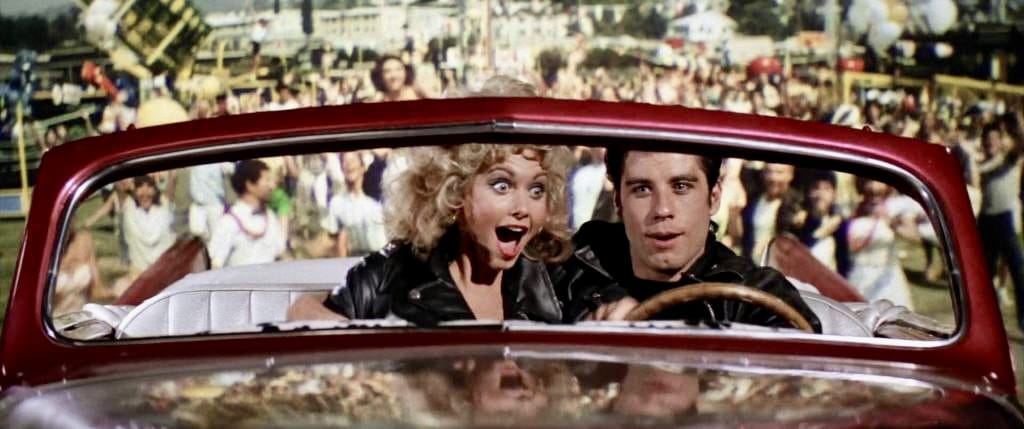By Charlie Graff, MPhil English
Have you heard of Wendy Carlos? Carlos’ 16-bit compatible website describes her as ‘one of the most important composers living today.’ In interviews, Carlos prefers to describe herself as just being ‘there at the right time’.
While studying at Columbia in the late 1960s, she worked with Robert Moog to develop one of the first commercially available synthesisers, the Moog synthesiser, and turned it into an international sensation with her 1968 album Switched-On Bach.
At the time, the synthesiser was seen as either a sci-fi effects machine or a tool for academics. To use it to develop a whole album for a mainstream audience was practically unheard of. The sound was strange and the machine was labour-intensive; each individual note had to be hand-crafted, meaning it could take hundreds of hours to produce just a minute of music.
#OnThisDay 1970: Wendy Carlos demonstrated how to synthesise electronic noise into musical sound.
— BBC Archive (@BBCArchive) February 8, 2023
To discover more pioneers of electronic music, go here - https://t.co/Uz3A3Vx8dN pic.twitter.com/RX9E1WQ8kG
Switched-On Bach won three Grammy Awards and was the first classical music album in history to go platinum. It inspired a generation of artists to embrace the Moog synthesiser: Parliament-Funkadelic, The Grateful Dead, The Beatles, every 70s prog-rock band, they all owe influence to Carlos’ work.
But Switched-On Bach was just the beginning. Carlos went on to invent ambient music with her 1972 Sonic Seasonings, released six years before Brian Eno’s Ambient 1. She revolutionised film composition with her otherworldly soundtracks for A Clockwork Orange (1971), The Shining (1980), Tron (1982) and Woundings (1998). She created numerous custom synths and user manuals as well as helping to develop Dolby digital sound remastering. This is just a short list of her achievements.
'Where there was no technology to make what she imagined, she made the technology'
Carlos’ work comes from a place of curiosity and dedication. She wasn’t interested in boundaries or classifications, and describes herself as an ‘omnivore’. For her, creation was about learning, openness and conveying an inner thing into the outer world. It was this—and a lot of hard work—that allowed her to create so many of the tools and techniques that almost all contemporary music relies on. Where there was no technology to make what she imagined, she made the technology.
Nonetheless, the world she helped to build did not share her characteristic openness and curiosity. Until the age of forty, she was forced to maintain a professional alias under her deadname. She rarely performed live and made her few public appearances dressed in masculine clothing.
When she came out in a 1979 Playboy article, the magazine spent two columns on her music while the other fifteen pages were devoted to invasive questions about her surgery. Most of the music she created for Kubrick’s films was never used and couldn’t be released as Warner held the rights to it.
Even the classical music world, which she helped to save from the academic insularity of the late 60s, failed to reciprocate her kindness. She gave the modern world some of its greatest gifts from the same place she often had to hide from it: her home studio in New York (yes, she invented bedroom pop half a century before the technology for it existed).
LGBTQ+ History Month at the University of Bristol
LGBTQ+ Film & TV recommendations you simply can't miss out on this Valentine's Day
Carlos disappeared from the public eye in 2009. In a blog post about her ‘Wurly II’, a custom synth she was designing in the 2000s, she describes the project as ‘a constructive way to retain some sanity in an increasingly insane and dangerous country and world.’ Somewhere out there, she is still working, even if the public has squandered the privilege of hearing about it.
Though, if there is a way to pay Wendy Carlos back, it would be by carrying on her spirit of curiosity. In Wendy’s words, ‘It's all out there, and human nature starts out being very, very curious. Please, don't be afraid. You don't have to like all of it.’
Featured Image: Courtesy of Sam McGhee / Unsplash
How will you be celebrating the works of LGBTQ+ people this February?









